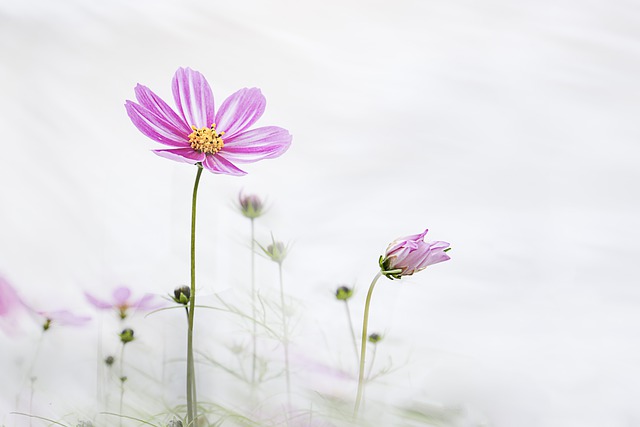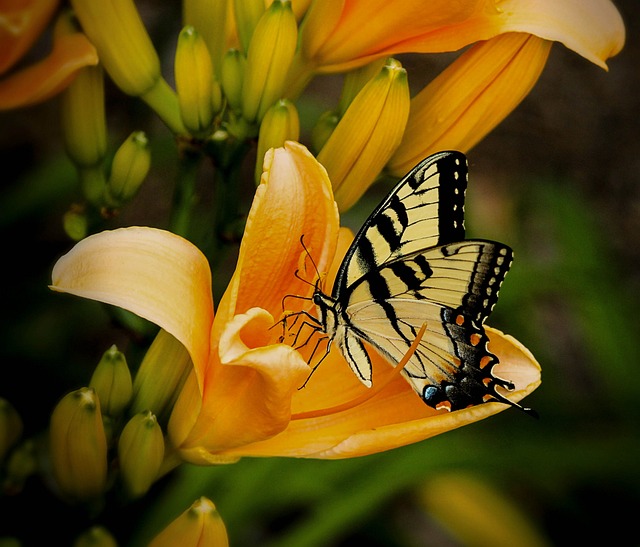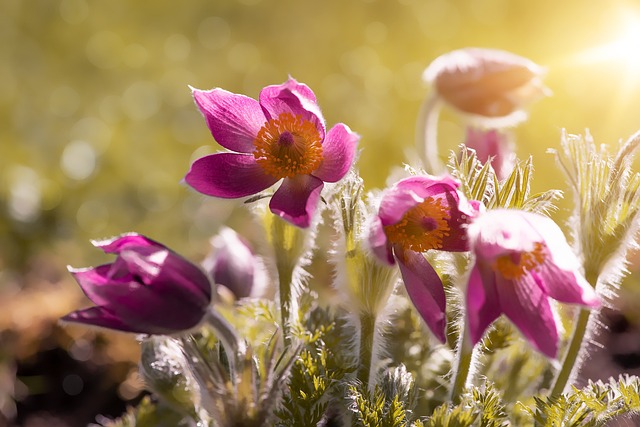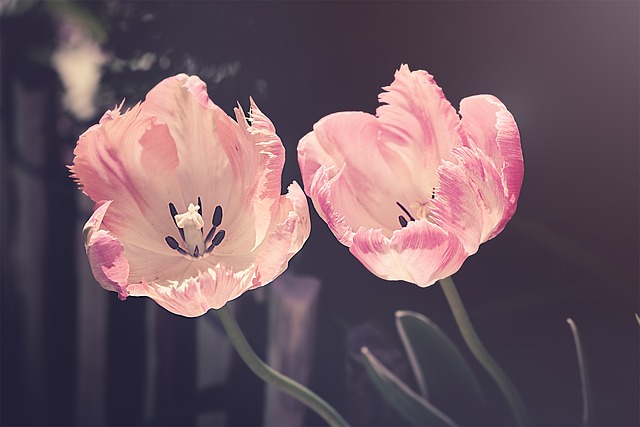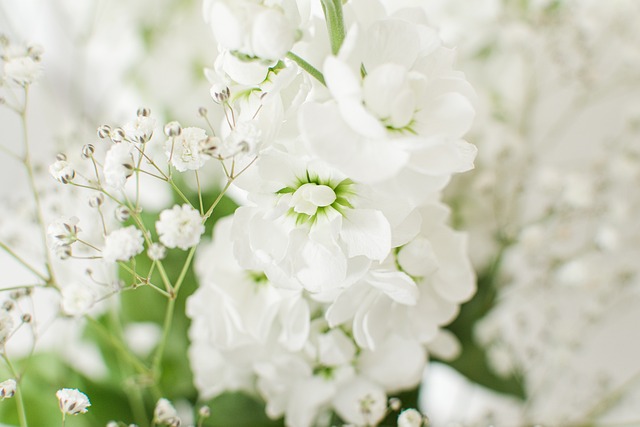
Many people are beginning to see how great an organic garden really can be. Using the information in this article will help you to quickly get up to speed on how to grow your own organic garden. Read on to discover some helpful tips and learn how to take advantage of them.
Learn about plant varieties so you can choose the ones with the best yields. In most circumstances, a cold-tolerant or disease-resistant hybrid will have a higher yield when compared to a more traditional variety.
When mowing the lawn, don’t mow the grass all the way down to the root. If you leave some of the grass when you mow, the roots grow further into the ground, which makes the grass less prone to drying and other hazards. If the grass is too short, it produces shallow roots and that leads to a lawn with brown spots and dried-out patches.
Coffee Grounds
A simple way to lower the alkaline content of your soil is to dilute it with coffee grounds. Coffee grounds are an inexpensive way to increase the acid level in your soil. You will notice that your vegetables and greens will have a stronger taste.
Protect your delicate shrubs from harsh, wintry elements. If the temperature drops below 50 degrees, you should consider protecting them, especially if they do best in warm environments. Tie these canes at the top, and place a blanket over it. This method works better than covering your bushes in plastic, allowing air to circulate and preventing rotting.
Remember to place a layer of mulch over the soil around your vegetables, approximately 2 inches deep. The mulch help keeps the soil that is around the plants much more moist for much longer. This is also efficient in preventing weeds from growing. This will save you tons of time from pulling out tons of weeds.
If you are just starting out, follow all the guidelines and rules on your chemicals and tools. Garden chemicals can cause skin irritation and eye injury. For your own safety, take the time to read and follow the instructions.
Use a wheelbarrow and a kneeling stool when you’re working in your garden. It’s rough on your knees to spend lots of time on the ground kneeling or squatting. That’s why it’s a good idea to have a portable, lightweight garden stool on hand. Because horticulture means transporting a lot of heavy things, a wheelbarrow will also come in handy.
Know when is the best time to harvest your vegetables. For the optimum flavor, be sure to follow the guidelines for planting and picking. For example, zucchini and baby peas are best picked young. Plant winter vegetables at the right time for a sweeter flavor. Thus, you ought to familiarize yourself with the best times to pick the produce from your garden.
An English garden mixes plants of various kinds and sizes close together, which helps to give it a more multi-dimensional feel. Having plants that grow to the same height will result in a common and flat looking bed.
Your children will enjoy being involved with your organic horticulture endeavors. You can provide a good learning experience that your children can appreciate the more they learn on how to grow healthy produce.
When a seed actually sprouts, it doesn’t need to be in as warm an environment. Move your plants away from the heat as they grow. It is wise to take plastic covers off of the containers in order to eliminate humidity and excess heat. Watch your seeds closely to find the right time to do this.
Pine is a mulch that is great. Some plants have a naturally high acidic level, and therefore like acidic soil. There is no better, or easier, way to make your acid-loving plants happy then to use pine needles you already have on your beds. Cover up your beds with a few inches of needles. As they start to decompose, they’ll spread out acid onto the ground and soil.
Coffee grounds work great mixed in with your soil. Coffee grounds are filled with nutritional elements plants need, such as nitrogen. Plants need an adequate nitrogen source in order to thrive. Adding coffee grounds, chemical fertilizer, or diluted urea to your soil increases the soil’s nitrogen content and will help to make your plants grow faster, taller and healthier.
One of the most important things to consider when plotting your garden is to make note of your available space. Amateur gardeners often make the mistake of failing to leave enough space for fully matured plants. Air circulation and room to grow is important for any plant. Plant the plants appropriately when it comes to spacing the seeds.
Increase the value of your property! Improving your landscape is one of the best ways to get a high return from your house. Adding certain plants to your yard can raise the resale value to as high as 20% or more. Look for hardy, low moisture plants that are naturally suited for your region.
Water your plants appropriately for the climate. The amount of water needed will change based on time of the day, the content of your municipal water and what your soil make-up is. Avoid watering leaves in a warm and humid climate to prevent leaf fungus from appearing. Instead, aim to water the root system only.
Adding some biodiversity to your garden, can really help you get the most from your gardening efforts. Including a healthy mix of native grasses and flowers will attract wildlife. Adding a variety of plants to your garden will mimic the look of a natural environment. A diverse garden is incredibly attractive. It’s also very rewarding and relaxing.
As was mentioned earlier, perfecting your organic garden just takes some patience, and investment of time. Head out to the garden, and make use of these tips to turn it into an amazing organic masterpiece. The above hints will help no matter what you’re going to grow.




